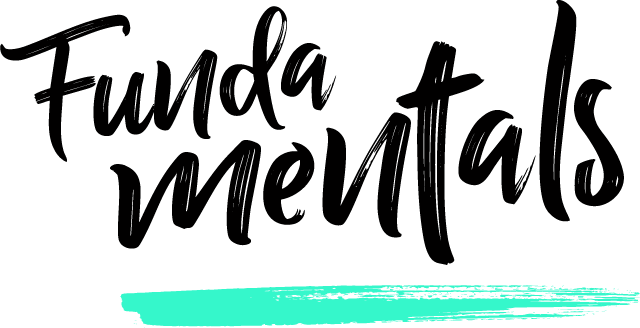
ANGER
ok, so you definitely know what anger is, but we want to break it down a little. Anger is a natural response to feeling attacked or treated unfairly. Everyone gets angry sometimes – it's part of being human. It isn't always a 'bad' emotion. Anger only becomes a problem when it harms you or people around you.
DEPRESSION
negatively affects how you feel, the way you think and how you act. It can cause feelings of sadness, a loss of interest in activities that you once enjoyed and can lead to a variety of both emotional and physical problems - sometimes even affecting your ability to function properly at home and at school. It comes in various forms, from feeling low spirited to, at its most severe, feeling suicidal or as though you have given up the will to live a proper life. The positive news is that it’s treatable and there are many ways to get help - from medication and counselling to self-help.
STRESS
is your bodies way of responding to any kind of demand. It can be a good thing, for example it helps us to focus our attention, but it can become a problem when our bodies go into a state of stress in unneeded situations and for prolonged periods of time. Stress isn't a psychiatric diagnosis, but it's closely linked to your mental health in two important ways:
・Stress can cause mental health problems and make existing problems worse.
Mental health problems can cause stress - you might find that coping with the day-to-day symptoms of your mental health problem can bring about feelings of stress.
ANXIETY
that knot-in-the-stomach and heart racing feeling we get when we’re worried, tense or afraid. Anxiety is a natural human response when we perceive that we’re under threat (blame our biology). It can be experienced through our thoughts, feelings and physical sensations such as feeling a bit sick.
PTSD
stands for ‘Post-Traumatic Stress Disorder’, which is a type of anxiety disorder which you may develop after being involved in, or witnessing, traumatic events. Symptoms, such as reliving the event or avoiding situations that remind you of the event, may emerge many months or years after the event or come and go across many years.
OCD
or ‘Obsessive-Compulsive Disorder’ is another anxiety disorder. It has two main parts: obsessions and compulsions.
Obsessions are unwelcome thoughts, images, urges, worries or doubts that repeatedly appear in your mind.
Compulsions are repetitive and persistent activities or ‘rituals’ that you do to reduce the anxiety caused by the obsession.
PARANOIA
is thinking and feeling as if you are under threat even though there’s no (or very little) evidence that you are. Paranoid thoughts can also be described as delusions.








